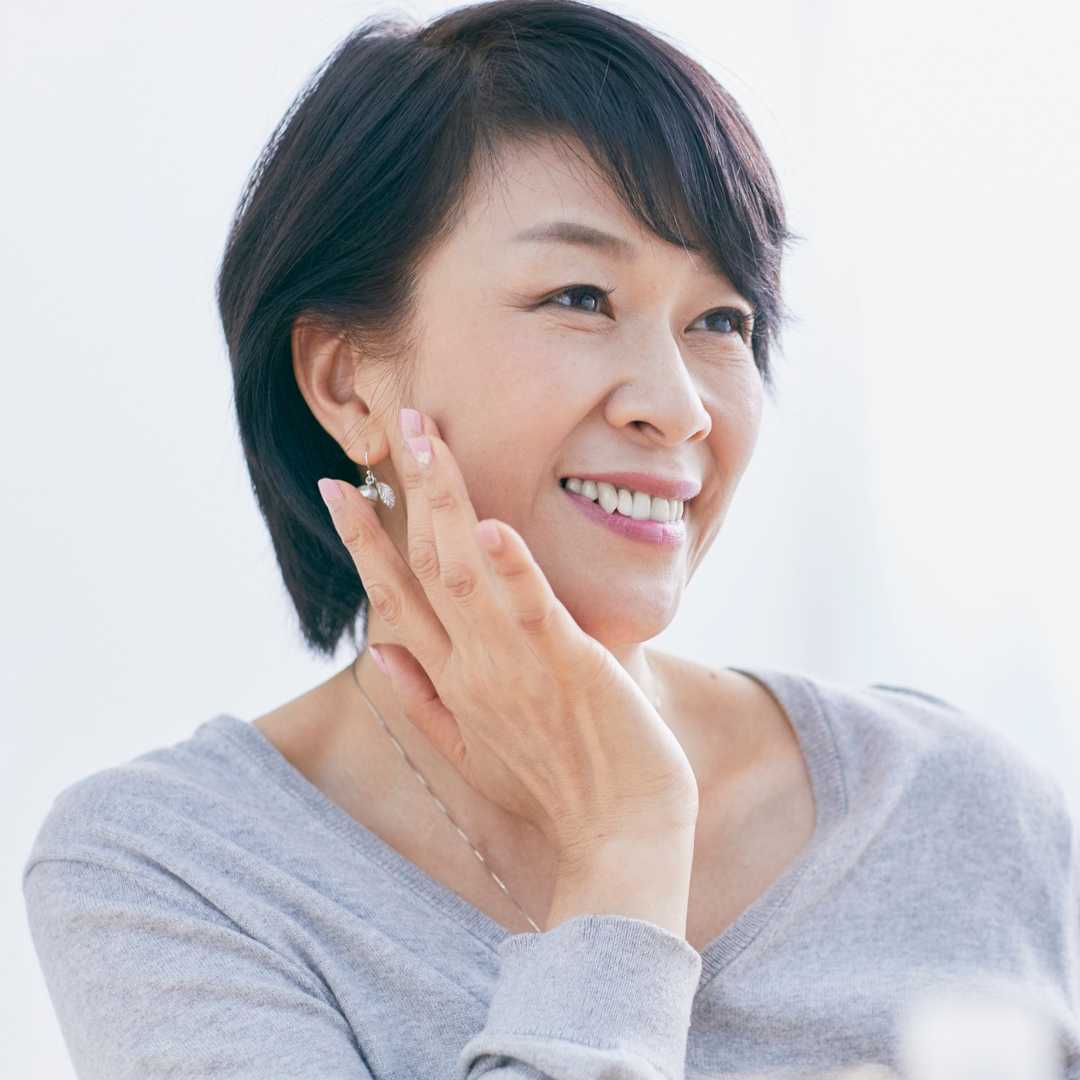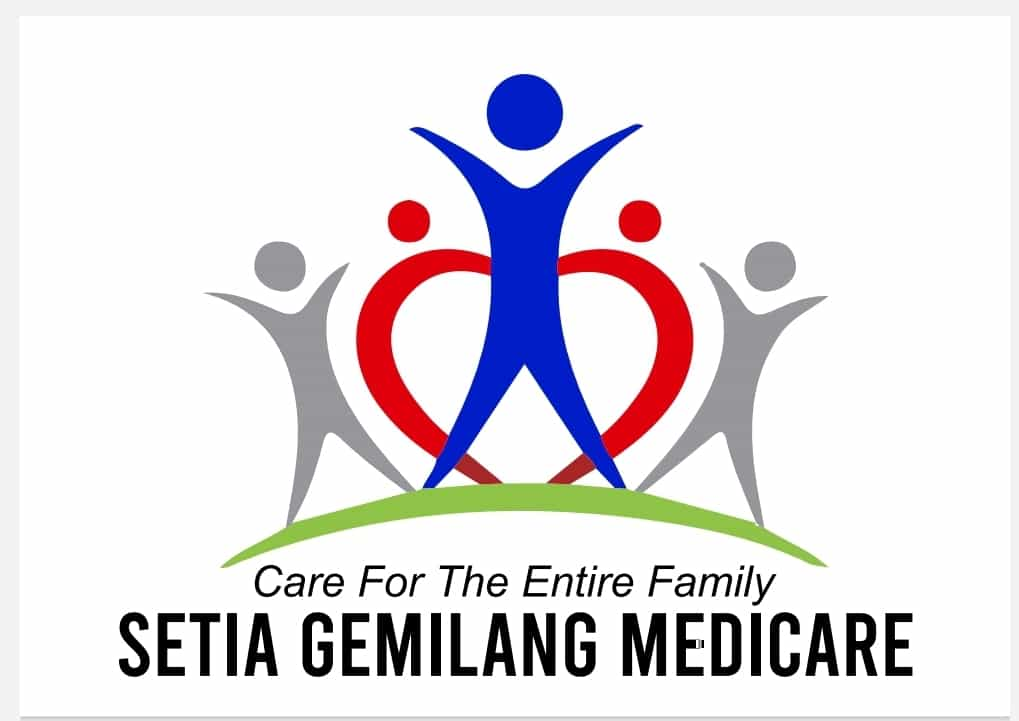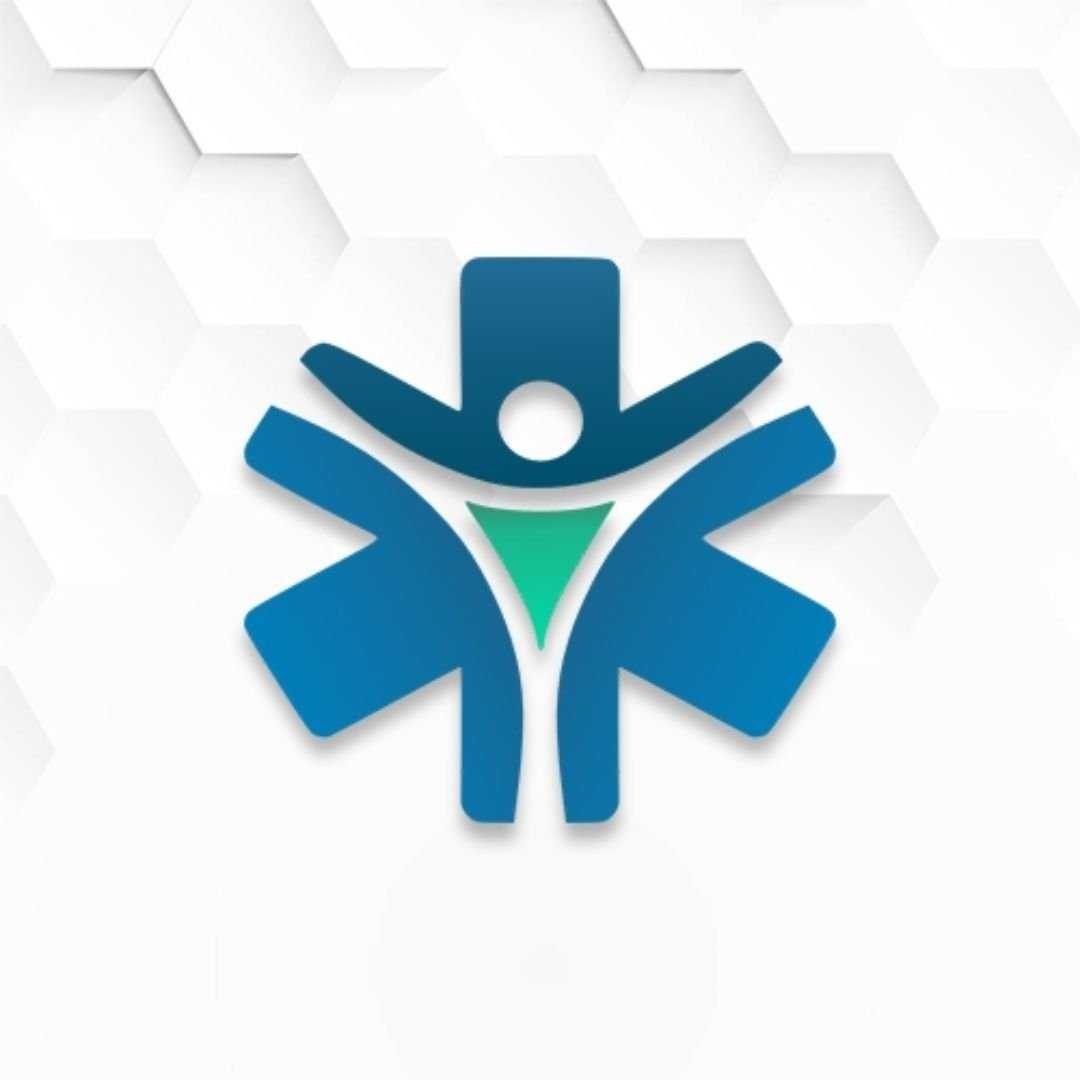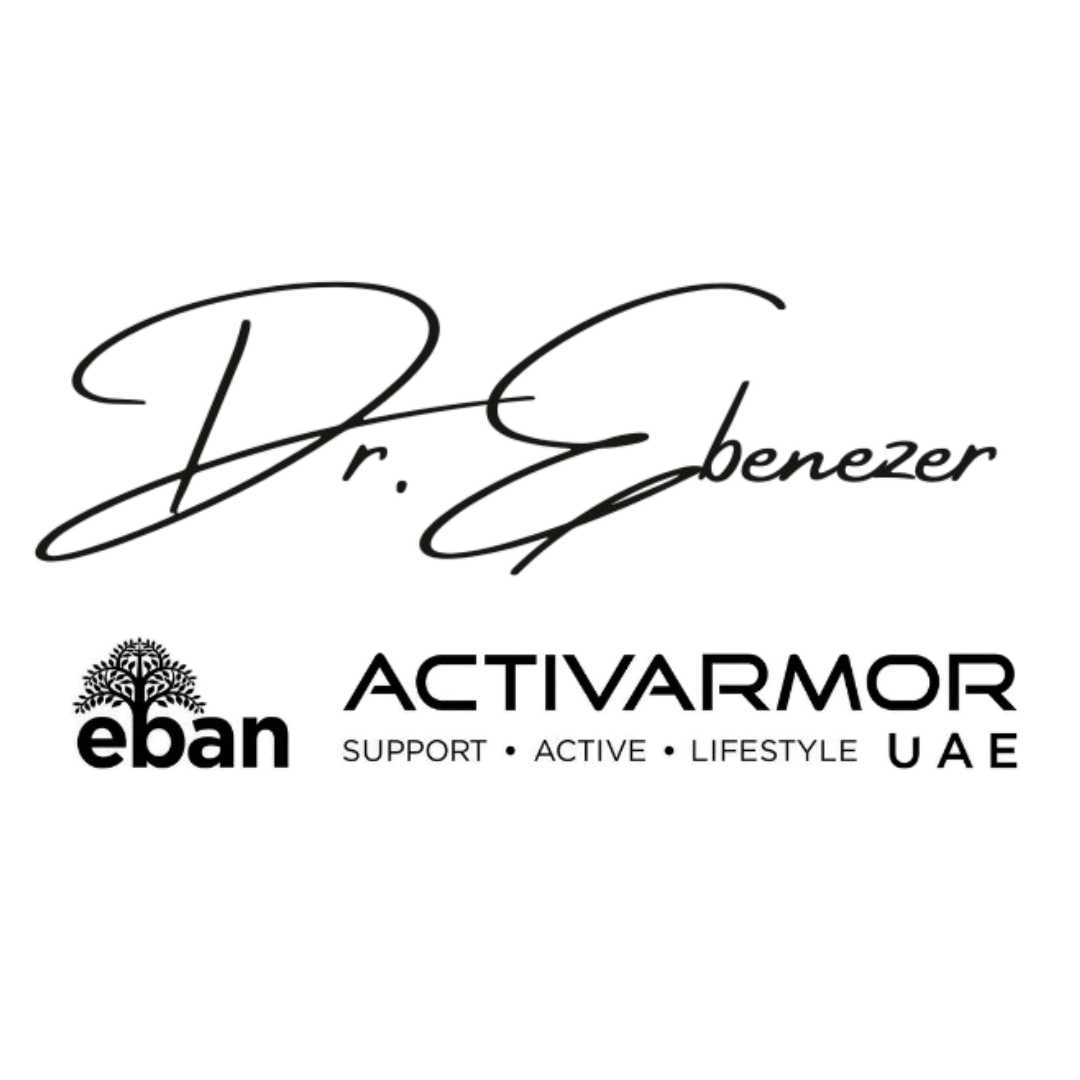Affordable Autism Stem Cell Therapy in Malaysia
For parents of children with Autism Spectrum Disorder (ASD), the search for effective treatments is a journey filled with hope and challenges. While traditional therapies like ABA (Applied Behavior Analysis) and speech therapy are essential, many families are looking for medical interventions that address the biological roots of the condition. This has led to a surge in interest regarding stem cell therapy for autism in Malaysia.
Malaysia has positioned itself as a leading destination for medical tourism in Southeast Asia, offering advanced regenerative medicine at a fraction of the cost found in Western nations. But the question remains: does it actually work? Parents want to know if this treatment can truly improve their child's quality of life.
In this guide, we will explore how stem cell therapy is being used to treat autism in Malaysia. We will cover the mechanisms behind the treatment, the potential benefits, the costs involved, and the safety regulations enforced by the Malaysian Ministry of Health. Our goal is to provide you with clear, unbiased information so you can make the best decision for your family.
What is stem cell therapy for autism?
Stem cell therapy is not a drug; it is a biological treatment. The concept is based on the idea that autism is not just a genetic disorder but also involves systemic issues like neuroinflammation (inflammation in the brain) and immune dysregulation. By introducing healthy mesenchymal stem cells (MSCs) into the patient, doctors aim to calm this inflammation.
These cells act as a "medicinal signaling system." Once inside the body, they migrate to areas of inflammation and release growth factors that help repair damaged cells and improve blood flow to oxygen-deprived areas of the brain. This can theoretically allow the brain to function more efficiently, potentially alleviating some symptoms of ASD.
How does stem cell therapy help with autism in Malaysia specifically?
In Malaysia, the focus is on a holistic approach. Doctors here often combine stem cell therapy with other supportive treatments like hyperbaric oxygen therapy or nutritional support. The therapy primarily helps by addressing "hypoperfusion," which is a lack of blood flow to certain parts of the brain responsible for language and social interaction.
By improving blood flow (angiogenesis) and reducing inflammation, the therapy can help "wake up" these dormant areas. Furthermore, many children with autism suffer from gut issues. Stem cells can help heal the gut lining, which is crucial because of the strong connection between gut health and brain function (the gut-brain axis).
Is stem cell therapy for autism legal in Malaysia?
Safety is a top priority for any parent. Malaysia has a robust regulatory framework for regenerative medicine. The National Pharmaceutical Regulatory Agency (NPRA) and the Ministry of Health oversee the production and administration of stem cell products. Clinics must adhere to Good Manufacturing Practice (GMP) standards.
While stem cell therapy for autism is still considered an "innovative" or "off-label" treatment rather than a standard cure, it is legally permitted in licensed facilities. Parents should always verify that the clinic they choose is registered with the MOH and that their lab follows cGMP (Current Good Manufacturing Practice) protocols.
What types of stem cells are used for autism in Malaysia?
Most Malaysian clinics prefer Umbilical Cord Mesenchymal Stem Cells (UC-MSCs). These cells are "young," potent, and have a very low risk of rejection because they are immune-privileged (the body doesn't attack them). They are harvested from the umbilical cords of healthy newborns after scheduled C-sections, with full consent from the mothers.
This method is non-invasive for the child, as it does not require painful bone marrow extraction. Some clinics may also offer autologous bone marrow stem cells (from the patient's own body), but this is less common for autism due to the invasive nature of the harvest.
What is the success rate of stem cell therapy for autism in Malaysia?
It is important to manage expectations. "Success" in autism therapy does not mean a cure. Instead, success is measured by functional improvements. Data from leading clinics in Kuala Lumpur suggests that a majority of parents see positive changes.
Typically, younger children (ages 3 to 8) tend to respond better than older teenagers or adults. The brain's neuroplasticity is higher at a younger age, allowing the stem cells to have a more profound impact on neural development and connectivity.
What improvements can parents expect after treatment?
The first changes parents usually notice are behavioral. A child who was previously hyperactive or aggressive may become calmer and more regulated. Sleep patterns often improve, which is a huge relief for the entire family.
Cognitive improvements usually follow. This can look like a child following instructions better, attempting to communicate more often, or showing a new interest in playing with peers. Some non-verbal children may start making sounds or saying their first words, although this varies from case to case.
How much does stem cell therapy for autism cost in Malaysia?
Cost is a major factor for families considering medical tourism. In Malaysia, the price includes the stem cells, the medical procedure, doctor consultations, and sometimes airport transfers. The price variation depends on the total count of cells administered (e.g., 50 million vs. 200 million cells) and the number of days required for the protocol.
Compared to the United States, where similar treatments (often available only via clinical trials or expensive clinics) can cost upwards of $25,000, Malaysia offers a high-quality, cost-effective alternative.
Cost Comparison: Malaysia vs. USA vs. Singapore
Here is a breakdown of the estimated costs for autism stem cell therapy across these popular medical destinations:
| Country | Estimated Cost (USD) | Notes |
|---|---|---|
| Malaysia | $6,000 - $15,000 | Includes high cell counts & MOH-regulated facilities. |
| United States | $15,000 - $30,000+ | Often excludes hospital fees; limited availability. |
| Singapore | $15,000 - $25,000 | High medical standards but significantly higher costs. |
| Mexico | $8,000 - $18,000 | Popular for US patients, similar pricing to Malaysia. |
Why is Malaysia a popular destination for stem cell therapy?
Malaysia is widely recognized for its medical tourism, having won numerous awards in the sector. The hospitals are modern, often accredited by the Joint Commission International (JCI). For international patients, the language barrier is virtually non-existent as English is widely spoken.
Furthermore, Malaysia is a Muslim-friendly destination with Halal food widely available, making it a comfortable choice for families from the Middle East and other regions. The "Malaysian hospitality" ensures that special needs families are treated with patience and care.
How is the stem cell procedure performed?
For most children, the procedure is as simple as getting an IV drip. The stem cells are suspended in a saline solution and slowly dripped into the bloodstream. This allows the cells to circulate throughout the body and cross the blood-brain barrier to some extent.
Some specialists advocate for intrathecal administration (injection into the spinal fluid) because it bypasses the blood-brain barrier completely, delivering cells directly to the brain. This is a more invasive procedure, usually done under light sedation, but some believe it yields stronger results for neurological conditions.
Is the procedure painful for the child?
Doctors in Malaysia are experienced in handling children with sensory sensitivities. They use numbing sprays or creams to make the needle insertion painless. During the 30-60 minute infusion, the child is free to sit on a parent's lap, watch cartoons, or play with iPad games. The goal is to keep the environment calm and stress-free.
What are the potential side effects and risks?
Because the treatment uses mesenchymal stem cells, which do not have blood type markers, there is no risk of rejection and no need for immunosuppressant drugs. The safety profile is excellent. The most common "side effect" is a slight fever or fatigue on the day of treatment, which is actually a sign that the immune system is responding to the cells.
Parents should be aware that some children may experience a temporary increase in hyperactivity for a few days before the calming effects set in.
How long does it take to see results?
Stem cell therapy is a marathon, not a sprint. The cells need time to repair tissue and modulate the immune system. Parents might notice better sleep or digestion in the first month. Speech and social skills usually take longer to develop as the brain forms new connections.
Doctors often recommend a follow-up assessment at the 6-month mark to determine if a second round of treatment would be beneficial to build on the progress.
Does insurance cover stem cell therapy for autism in Malaysia?
Most international and local insurance providers view stem cell therapy for autism as "investigational." Therefore, parents should be prepared to pay out-of-pocket. However, some clinics offer financing plans or staged payment options to help manage the cost.
Can stem cell therapy cure autism completely?
Honesty is vital. No reputable doctor will promise a "cure." Autism is a complex neurodevelopmental condition. The goal of stem cell therapy is to improve the child's baseline functioning—to move them from "severe" to "moderate," or "moderate" to "mild." It opens a window of opportunity where other therapies (like speech and occupational therapy) become much more effective because the child is more receptive and focused.
How to choose a safe stem cell clinic in Malaysia?
Do your due diligence. A good clinic will require a thorough medical history and blood tests before confirming if your child is a candidate. Avoid clinics that use high-pressure sales tactics or promise guaranteed results. Ask specifically about the source of their cells: "Where do you get the umbilical cords?" and "How do you test for safety?"
Trust your instincts. The best clinics will be transparent, educational, and supportive throughout your inquiry process.

.png)

.png)






.png)
.png)






Share this listing